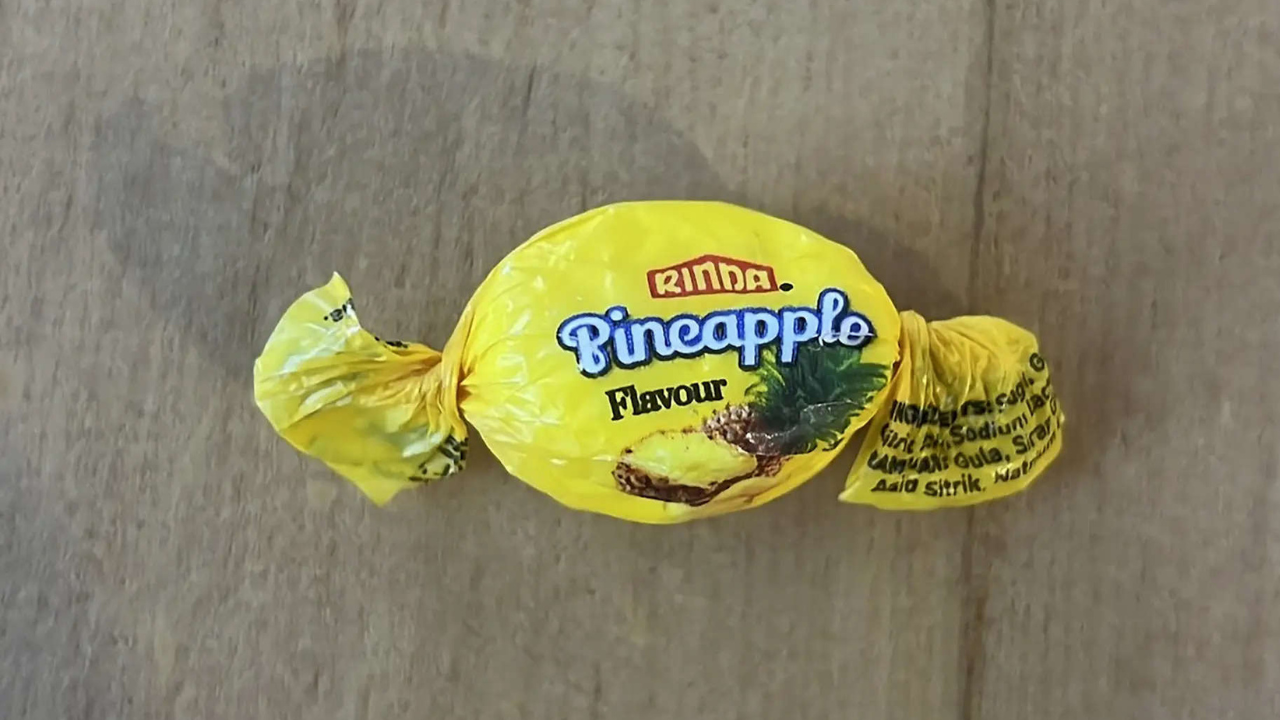The New Zealand Drug Foundation said that approximately three grams of meth were found in the sample of a white candy in a yellow wrapped candy, AFP reported.
Sarah Helm, a spokeswoman for the foundation, warned that “Swallowing that much methamphetamine is extremely dangerous and could result in death.”
According to the charity, the candies were donated anonymously by a member of the public in a sealed branded package which were then distributed into food parcels.
“There is a potential for New Zealand that there is a lethal substance dressed up as a lolly (sweet),” Helen Robinson from Auckland city mission told reporters.
Robinson stated that the staff had started to contact up to 400 people to track down parcels that could contain the sweets — which were solid blocks of methamphetamine enclosed in candy wrappers. New Zealand’s police have opened a criminal investigation.
Robinson said so far eight separate families had been affected, but no one had yet been hospitalised.
Robinson shared an instance where a parent gave one of the candies to her child, who immediately spat it out due to its “acrid and revolting” taste. She warned that even a small touch or lick of the substance could have a profound effect on an individual.
What is methamphetamine?
Methamphetamine, a highly addictive and potent stimulant, impacts the central nervous system. It appears as a white, odorless, and bitter-tasting crystalline powder that readily dissolves in water or alcohol.
Originally developed in the early 20th century from amphetamine, methamphetamine was initially used in nasal decongestants and bronchial inhalers. Similar to amphetamine, it increases activity and talkativeness, suppresses appetite, and induces a pleasurable sense of well-being or euphoria. However methamphetamine differs from amphetamine in that, at comparable doses, much greater amounts of the drug get into the brain, making it a more potent stimulant. It also has longer-lasting and more harmful effects on the central nervous system. These properties contribute to its high potential for widespread abuse, according to National Institute of Drug Abuse.
Impacts of Methamphetamine
Even in small doses, methamphetamine can increase wakefulness and physical activity while reducing appetite. It can also lead to various cardiovascular issues, such as rapid heart rate, irregular heartbeat, and elevated blood pressure. Overdose may cause hyperthermia and convulsions, which can be fatal if not treated promptly.
Currently, behavioral therapies are the most effective treatments for methamphetamine addiction.
What to do when you misuse methamphetamine?
The Matrix Model, a comprehensive 16-week approach that incorporates behavioral therapy, family education, individual counseling, 12-step support, drug testing, and encouragement for non-drug-related activities, has proven effective in reducing methamphetamine abuse. Additionally, contingency management interventions, which offer tangible rewards for treatment engagement and maintaining abstinence, have shown efficacy. NIDA’s National Drug Abuse Clinical Trials Network has demonstrated the effectiveness of Motivational Incentives for Enhancing Drug Abuse Recovery (MIEDAR), an incentive-based method for promoting abstinence from cocaine and methamphetamine.






